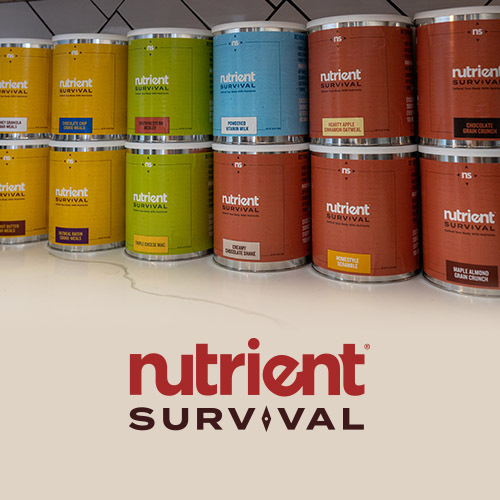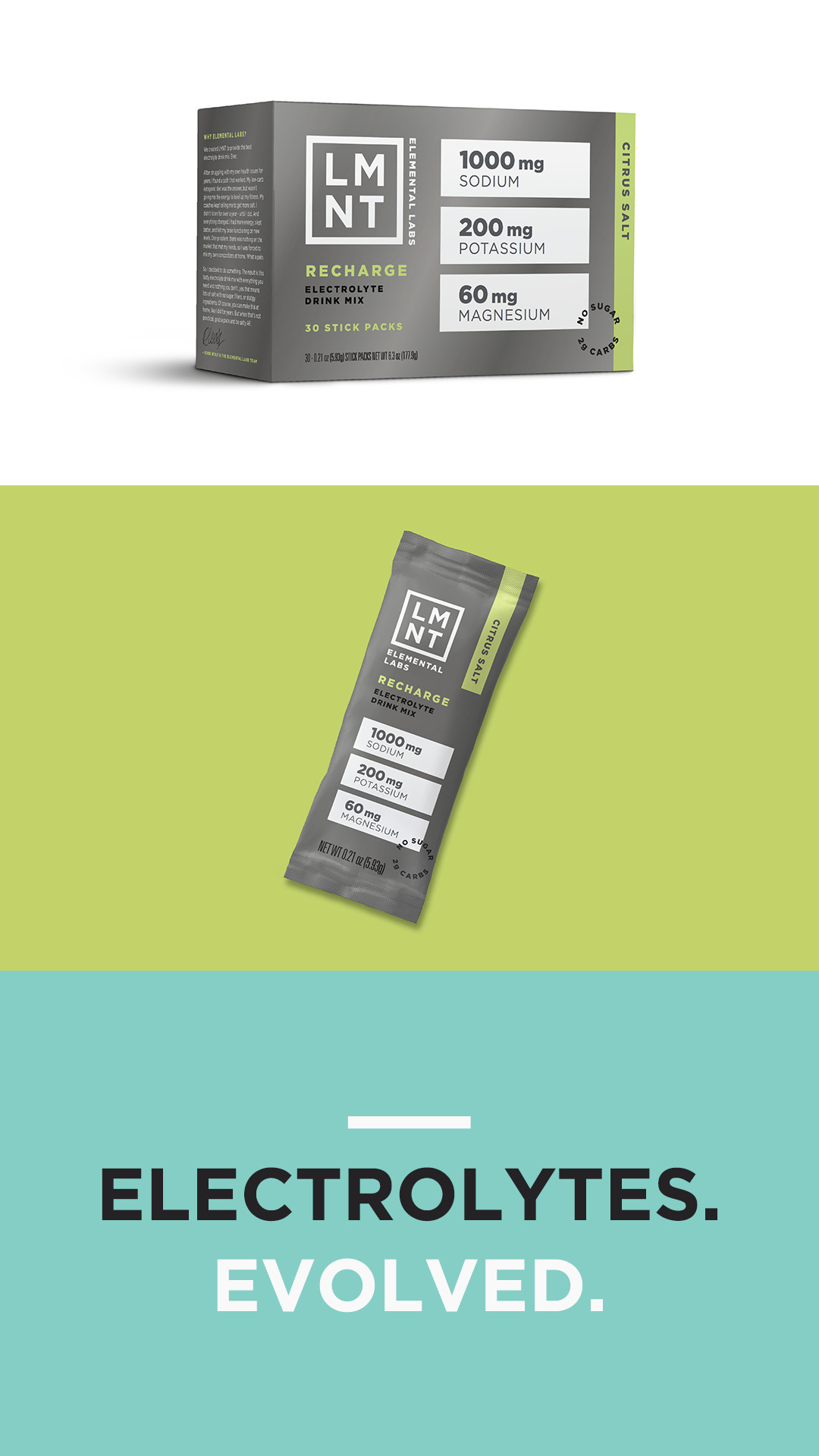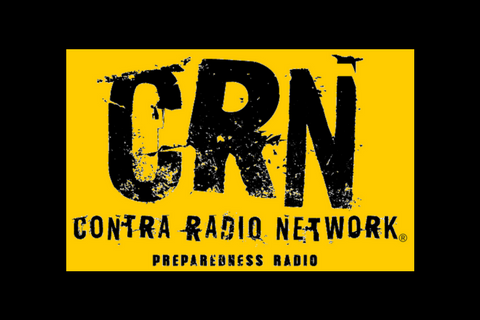Recipe Homemade Bacon
Today I have a guest post from my good friend Dave from The Shepherd School. When I asked him for a guest post I didn’t realize it would be on my true love. BACON! I am super excited to try this myself.
Curing your own bacon is something I used to hold as some sort of mystery, but when I actually looked into what was needed, and tried it, I realized it is EASY. This, among all the other projects, is something that the wife says she wants me to repeat. Homemade bacon is easy, its tasty, and depending on where you get your pork from, it can be cheaper than store bought.
All you need is a whole pork belly, the curing mix (which we will show you how to make), and a smoker that works in the 150°-200°F degree range.
As with all cooking projects, but especially meat recipes, before you begin you need to clean your work area. You need lots of space and you want whatever your meat touches to be grime free.
The next thing you need to do is to make a dry cure mix. I make mine in large quantities because it stores indefinitely, and its easier to mix ahead of time.
Dry cure is a mix of non-iodized Salt, sugar, and pink salt. Pink salt is normal table salt that has had sodium nitrated added to it, along with a pink die to differentiate it from pure salt. The do this because sodium nitrate is poisonous. However, you MUST have pink salt to prevent the growth of botulism spores in the meat. The curing and smoking process is the perfect breeding ground for bacteria, and the nitrate keeps the bacteria from growing.
However, buy mixing the pink salt with other ingredients, we keep the nitrate levels as low as reasonably achievable and still get the benefit.
To make basic dry-cure mix the following:
- 1 lb kosher salt
- 8 oz sugar
- 10 teaspoons pink curing salt.
I normally double this so that I can use a 1 pound bag of sugar.
Stored in an airtight jar it will last pretty much forever and can be used in many other cured-meats.
Once you have the dry mix you can begin the bacon making experience.
Tools
- Smoker (Cold smoke, and mild hardwood chips like apple seem to work best)
- Tongs to maneuver the bacon
- Large pot or 3 gallon freezer bags
- Optionally latex gloves are nice.
Ingredients
- Pork belly (5-6 pounds)
- Curing Salt
- Optionally, brown sugar, molasses, coffee grounds and spices can be used to flavor your bacon, but in the video we went very simple and were pleased with the results.
Procedure
- Obtain a whole, raw pork belly. I bought mine at a international market. We also have a fancy butcher, but he is way too proud of his product for me to make an economical slab of bacon. However the better quality meat the better your bacon
- You can remove the skin (which is great for making cracklings), or leave it on – I have read on various sites and books differing arguments on which is better, and I have tried both. Skin on is easier, but can cause the bacon to curve as it cures due to the difference in permeability. Skin off is harder, but you end up with skin to make cracklings.
- Trim the edges of the belly so they are square with a clean cut.
- Spread approximately 1/8 cup of the dry-cure mix out and dredge one side of the belly in it until you have a nice even coating.
- Pour on another 1/8 cup of the mix and do the same to the other side and the edges.
- Rub it in with your (gloved) hands.
- If you want to use spices such as molasses, honey, brown sugar, or coffee grounds, drizzle on an even coat. On both sides
- Carefully slide the belly into a zip lock bag. Alternatively, you don’t have to use a bag, place it in a large non-reactive bowl or dish. Just be aware the salt will pull out a lot of moisture and the bag keeps everything from turning into a mess.
- Every 48 hours flip the belly over. This helps evenly distribute the brine for a better cure.
Different bellies will give up more water than others. Expect anywhere from 1/2 cup to almost 2 cups. In my experience bellies with the skin attached will be wetter than skinless ones. - Bacon will take 7-10 days to cure, depending on size, thickness etc… They are done curing when the meat is no longer squishy and springy like raw meat. It will have a consistency close to but with slightly more give than silly putty.
- When the belly is done curing, rinse it thoroughly in the sink and pat it dry with paper towels. You want to remove as much of the remaining cure from the meat as possible. I did not do this very well the first time and ended up with an extremely salty product.
- The night before smoking leave the belly sitting in the fridge uncovered for 12-24 hours. This will let the meat form a tacky pellicle that will help it absorb the smoke.
- Before smoking, let the pork belly warm to room temperature.
- Light your smoker. You want a cooking chamber temp between 150°-200°F. Any hotter than 200°F and you’ll be roasting the bellies, not smoking them.
I usually smoke with applewood chips, you can use whatever hardwood you want, but softwoods like pine have a high resin content that will tar up your bacon. - Smoke the bellies until they reach an internal temperature of 150°F.
- Follow all safety protocols for your smoker as well as all local regulations
- Wrap the bacon slab in foil and let it rest at room temp for an hour or so before moving it back to the fridge.
- Once it’s thoroughly chilled it will be much, much easier to slice. I have a small deli slicer I use when processing a slab of bacon like this and set it to take nice thick slices, about 1/8″ or so. If you don’t have a slicer, use your longest, sharpest carving knife and mind your fingers!
- If stored in an airtight container the sliced bacon should keep for a good 3-4 weeks in the fridge. Vacuum sealed and frozen will give it an even longer shelf life.
Also please enter our Reader appreciation contest and help spread the word about our blog.
Looking for the best prices and best customer service in buying Silver and Gold online? Look no further than JM Bullion for all your precious metal needs!
For all your Survival and prepping needs and bags to hold your gear check out Survival Gear Bags
2 Replies to “Recipe Homemade Bacon”
Comments are closed.





















Local Asian markets will have pork belly.
The process is easy to do and making a couple at a time speeds up the process.
I use a Masterbuilt electric smoker to reduce the hassle of monitoring temperature.
Curing salt is available on Amazon in a variety of sizes.
I store it in a plastic ziplock bag in a larger tub of salt that I use for meat curing to keep it separate from other salt.
Getting the skin off is a bit of a pain, but not bad with a good knife.
Slicing is a slow process, but I’m looking for a meat slicer at garage sales to facilitate that.
It tastes much better than any store bacon and is a good skill.
150 is WAY too hot to smoke bacon! Anything over about 90 starts to render the fat, cook the meat and promote spoilage.
Cold smoke bacon.